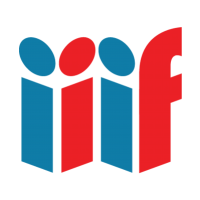Annotation
We've seen various annotations throughout the workshop already. Images are applied to canvases via annotation. Content search results are expressed as annotations.
Here we're going to look at annotations more in depth and talk about other uses of annotations.
Readers make marks in books. You bookmark pages in your browser. You quote a passage of text and comment on it. IIIF provides the platform for allowing for all different kinds of scholarly annotation.
Annotations can be useful for:
- Research
- Teaching
- Machines
- Crowdsourcing
- Conservation
An annotation target is a URI pointing in whole or in part (fragment) to a resources like:
- web pages
- audio video
- images
- IIIF canvases
Annotation bodies, the content of the comment/annotation, can be:
- text
- images
- audio
- video
- URIs
Annotations are created for different reasons like:
- painting
- commenting
- bookmarking
Creating Annotations
Open Mirador and create some annotations over top of an image.
- How are annotations displayed?
- What different types of annotations can you create?
- Why might you use some of the variations within the annotation tools available in Mirador?
Examples
Take a look at some of the examples of how the same annotations allow for different interactions with the Holbein painting: http://storiiies.cogapp.com/
Explore the navigation of the tiles of a quilt.
Scroll down this page to see hot spot annotation.
Here's a video showing annotation using Mirador which is stored in the SimpleAnnotationServer and then presented as a search inside service to the Universal Viewer:
Annotation Stores
https://github.com/IIIF/awesome-iiif#annotation-servers
Questions
What kinds of data do you have for annotations? How could you get those into annotations?
Web Annotation
While IIIF currently uses Open Annotation, the specifications will be moving to Web Annotation. The Web Annotation Data Model includes lots of examples with use cases and JSON that make it an easy to read specification.

